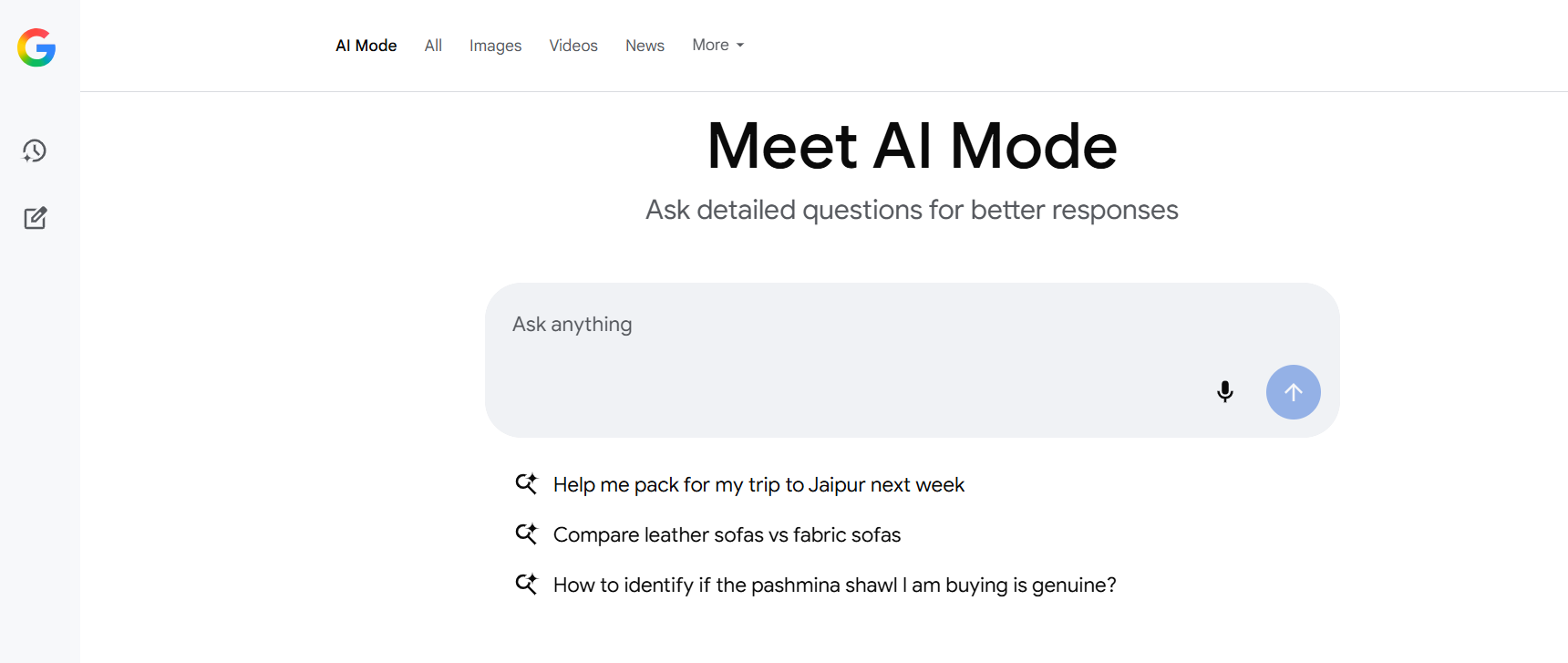Can we imagine our world of business without data? Data is driving pretty much all of a business’s functions today and it is at the forefront of every major revolution. This is particularly beneficial for marketers whose major responsibility is to collect and consolidate data. This brings to light important questions as to how we should look at data in the long run. How data is changing the face of how we conduct business is an important observation to make.
Customer Segmentation
Customer segmentation means creating a database of customers on the basis of individual preferences. Earlier, this was not possible to do. With the coming of Big data, it has become possible to use big data platforms to hand over a world of relevant data to marketers, which makes it easier for them to plan out their campaigns. What happens as the result of this? Ads are a lot more effective and targeted.
Accuracy of marketing campaigns
In traditional marketing, you could expect marketers employing all sorts of methods to plan out their campaigns. With Big Data, campaigns are a lot more accurate because they are playing with a pool of historical data that decides the nature of the campaign in a virtual marketplace. Moreover, testing has also become easier and campaigns can be a lot more effectively created.
More control over expenditure
A common notion in advertising was how difficult it was to understand how much money was being spent on advertising campaigns and the return on investment could not be gauged. Big Data has changed all that as it is now possible to understand exactly how much money is being spent and how much money you are getting back. The reason you are able to do this is that you have the ability to simulate campaigns before the actual ones, in order to gauge customer responses. This gives the marketer an idea of how successful the campaign is going to be and which direction the money should be invested in.
Providing a more complete picture
The marketer has a much larger strategic role today, big data has enabled him to create deep insights into the purchasing behavior of their overall target market. This helps the marketer as now he is able to understand what exactly what his customer wants, where he wants it and the different ways it can be delivered. Moreover, it has also enabled the marketer to understand what price his target audience is willing to pay for it in the past and now. By looking at past trends, the marketer is able to understand the growth in the market or the stagnation and what measures he should anticipate in the future.
The role of empowerment
Data is accessible to everyone. Big data has created a level playing field for all players and has given small business the ability to compete with the bigger firms. This is a huge step in the right direction as small businesses now have access to the same information that was being secured by a handful of firms with the resources. In the virtual world, they are now able to look at different ways of not just reaching out to the consumers but also employing marketing techniques to create as effective campaigns.
Deciding the communication channel
When we were looking at marketing communication in the past, we would look at tried and tested methods of communication that might or might not work. Social media today has played a huge role in the way we communicate with our audience. It serves as an extremely powerful medium and is a prime example of the way businesses communicate with their audience.
This has given way to finding different ways of building insight into customer preferences and finding different ways of business communication, which might not be traditional in nature. Using email and video in different formats for different purposes is an example of how Big Data has revolutionized the way we look at business communication.
It is clear that Big data’s value is only going to increase in the next few years and this will be guiding marketers to make important strategic decisions. It is the accuracy of Big data that is most resilient and gives marketers the confidence to create campaigns that have a larger probability of being successful.

 Web and Full Stack
Web and Full Stack CMS and Frameworks
CMS and Frameworks Online Marketing
Online Marketing Cloud Services
Cloud Services ECommerce
ECommerce Mobile
Mobile



